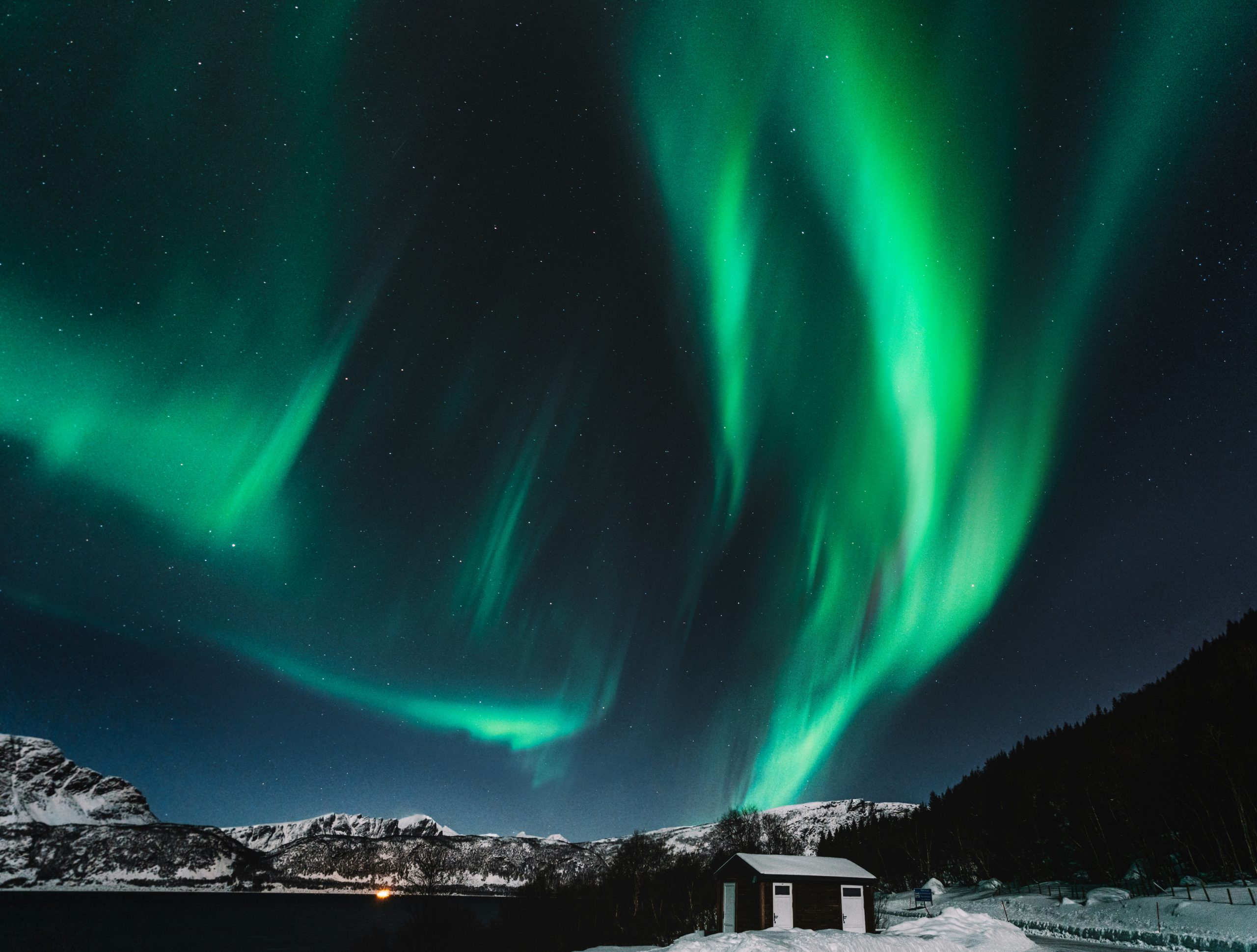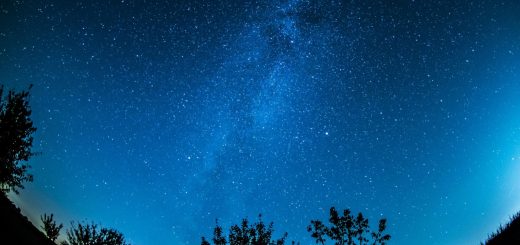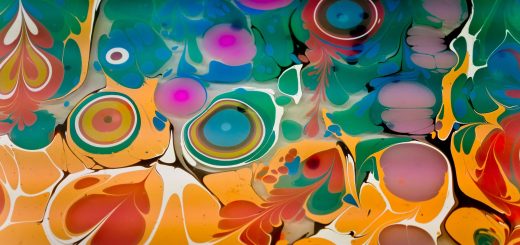Wildlife and Nature Photography: Capturing Earth’s Beauty

Before diving in, please note: This post is for informational purposes only. If you’d like to know more about how we approach topics, feel free to check out our friendly Disclaimer Page.
Hey there, amazing readers! 🖐️ Just a quick note: yes, we know there are a lot of ads here. Trust us, we get it—it’s not the prettiest look, but they help us keep this blog alive and kicking. Those pesky little ads cover the costs of all the behind-the-scenes magic, from hosting and tech stuff to creating content we hope you’ll love.
We’re committed to delivering quality posts, and your support (even just sticking around despite the ads) means everything to us. So, bear with us, and thanks for helping us keep the good vibes rolling. Now, on to the fun stuff! 😉
TRANSLATE BUTTON AT THE END OF THE ARTICLE
Introduction to Wildlife and Nature Photography
When it comes to capturing the beauty of our Earth, few things are as awe-inspiring as wildlife and nature photography.
This art form allows us to freeze moments in time, showcasing the wonders of the natural world in all its glory.
From majestic landscapes to the minute details of a flower petal, wildlife photography offers a glimpse into the intricate beauty that surrounds us.
Whether you’re an amateur enthusiast or a seasoned professional, the appeal of capturing Earth’s beauty through a lens is undeniable.
The Art of Capturing Earth’s Beauty
Wildlife and nature photography is not just about snapping pictures; it’s about telling a story through visuals.
Each photograph should evoke emotions, transport viewers to a different place, and make them appreciate the wonders of nature.
A skilled photographer can capture the essence of a fleeting moment, preserving it for eternity.
The art lies in finding the perfect balance of light, composition, and subject to create a visually stunning image that speaks to the soul.
Essential Equipment for Wildlife Photography
To excel in wildlife photography, having the right equipment is crucial.
Here are some essential tools that every nature photographer should have in their kit:
Camera: Invest in a high-quality DSLR or mirrorless camera with a fast shutter speed and excellent low-light performance.
Lenses: A telephoto lens is essential for capturing wildlife from a distance, while a macro lens can help you get up close and personal with tiny subjects like insects and flowers.
Tripod: A sturdy tripod is essential for shooting in low light conditions or capturing long exposure shots.
Camera Bag: A durable camera bag will protect your gear from the elements while out in the field.
Filters: Polarizing filters can help reduce glare and enhance colors, while neutral density filters are useful for long exposure shots in bright light.
Tips for Nailing the Perfect Shot
Capturing the perfect wildlife photograph requires more than just technical skill; it also demands creativity and patience.
Here are a few tips to help you nail that elusive shot:
Study your subject: Understanding the behavior of the wildlife you’re photographing can help you anticipate their movements and capture more natural shots.
Use natural light: Avoid harsh midday sun and opt for the soft, warm light of early morning or late afternoon for more flattering images.
Focus on the eyes: The eyes are the windows to the soul, so make sure they are sharp and in focus in your wildlife portraits.
Experiment with composition: Don’t be afraid to try different angles, perspectives, and framing techniques to add interest to your photos.
Techniques for Getting Close to Wildlife
Getting up close to wildlife can be a challenge, but with the right techniques, it’s possible to capture intimate and compelling shots.
Here are some strategies for getting close to your subjects without disturbing them:
Use a telephoto lens: A long telephoto lens allows you to capture wildlife from a distance without encroaching on their territory.
Blend in: Wear neutral colors and move slowly and quietly to avoid startling wildlife.
Use natural cover: Position yourself behind bushes, trees, or rocks to create a natural blind and blend into the environment.
Practice patience: Wildlife photography requires patience; sometimes, you may have to wait for hours to capture the perfect moment.
The Importance of Patience in Nature Photography
Patience is a virtue in nature photography.
Wildlife doesn’t follow a script, and the perfect shot may require hours, days, or even weeks of waiting.
A patient photographer understands that nature operates on its own time and is willing to invest the time and effort needed to capture that magical moment.
Patience allows you to observe and appreciate the beauty of the natural world, leading to more authentic and impactful photographs.
Capturing the Majesty of Landscapes
While wildlife photography often focuses on close-up shots of animals, capturing the grandeur of landscapes is equally important.
Landscapes provide a sense of place, showcasing the vastness and beauty of the environment.
To capture the majesty of landscapes, consider the following tips:
Use leading lines: Incorporate elements like roads, rivers, or fences to lead the viewer’s eye into the scene.
Include a focal point: Whether it’s a tree, mountain, or rock formation, having a focal point can add depth and interest to your landscape photos.
Consider the rule of thirds: Divide your frame into thirds both horizontally and vertically and place key elements along these lines for a visually appealing composition.
Experiment with different perspectives: Try shooting from high or low angles to showcase the landscape in a unique way.
Editing and Enhancing Nature Photos
Editing plays a crucial role in enhancing nature photos and bringing out the true beauty of the scene.
While it’s essential to capture a great shot in-camera, post-processing can take your images to the next level.
Here are some tips for editing and enhancing your nature photos:
Adjust exposure and contrast: Fine-tuning exposure and contrast can help bring out details and make your images pop.
Correct white balance: Ensure colors are accurate by adjusting the white balance to match the lighting conditions when the photo was taken.
Crop for composition: Use cropping to improve composition, remove distractions, and focus on the main subject.
Enhance colors: Boost vibrancy and saturation to make colors more vibrant and appealing.
Ethics and Responsibility in Wildlife Photography
As nature photographers, it’s our responsibility to respect and protect the wildlife and environment we capture.
Here are some ethical considerations to keep in mind when photographing wildlife:
Do not disturb the animals: Avoid getting too close to wildlife or disturbing their natural behavior for the sake of a photograph.
Observe from a distance: Use a telephoto lens to capture wildlife from afar without intruding on their space.
Leave no trace: Practice Leave No Trace principles by avoiding littering, trampling vegetation, or damaging habitats.
Educate and inspire: Use your photographs to educate others about the importance of conservation and inspire a love for nature.
Preserving Nature Through Photography
Nature photography has the power to raise awareness about environmental issues, showcase the beauty of the natural world, and inspire action to protect our planet.
By capturing and sharing images of wildlife and landscapes, photographers can advocate for conservation and preservation efforts.
Through their lens, photographers can document the changing landscapes, highlight endangered species, and celebrate the diversity of life on Earth.
Showcasing the Diversity of Wildlife
One of the most rewarding aspects of wildlife photography is capturing the incredible diversity of species that inhabit our planet.
From the depths of the oceans to the heights of the mountains, wildlife photographers have the opportunity to showcase the beauty and uniqueness of creatures big and small.
Whether it’s a majestic lion on the African savannah or a tiny insect in a backyard garden, every species has a story to tell, and photographers play a vital role in sharing these stories with the world.
Lessons from Master Nature Photographers
Learning from master nature photographers can provide valuable insights and inspiration for aspiring wildlife photographers.
Studying the work of renowned photographers can help you understand their techniques, compositions, and creative vision.
Here are some lessons we can learn from master nature photographers:
Patience is key: Many master photographers spend hours, days, or even weeks waiting for the perfect shot.
Patience is essential in capturing authentic and compelling wildlife images.
Study the light: Understanding how light interacts with the environment can elevate your photos to the next level.
Master photographers often wait for the golden hour or experiment with different lighting conditions to create stunning images.
Tell a story: Great wildlife photos go beyond just capturing a subject; they tell a story or evoke emotions in the viewer.
Master photographers excel at creating images that resonate with their audience.
Conclusion
In conclusion, wildlife and nature photography offer a unique opportunity to capture the beauty of Earth and showcase the wonders of the natural world.
Through the art of photography, we can preserve moments in time, educate others about the importance of conservation, and inspire a love for nature.
By honing our skills, investing in the right equipment, and practicing ethical photography, we can contribute to the protection and preservation of wildlife and landscapes for future generations to enjoy.
So grab your camera, head outdoors, and start capturing the majesty of Earth’s beauty through the lens of your camera.

The Enlightenment Journey is a remarkable collection of writings authored by a distinguished group of experts in the fields of spirituality, new age, and esoteric knowledge.
This anthology features a diverse assembly of well-experienced authors who bring their profound insights and credible perspectives to the forefront.
Each contributor possesses a wealth of knowledge and wisdom, making them authorities in their respective domains.
Together, they offer readers a transformative journey into the realms of spiritual growth, self-discovery, and esoteric enlightenment.
The Enlightenment Journey is a testament to the collective expertise of these luminaries, providing readers with a rich tapestry of ideas and information to illuminate their spiritual path.
Our Diverse Expertise 🌟
While our primary focus is on spirituality and esotericism, we are equally passionate about exploring a wide range of other topics and niches 🌍📚. Our experienced team is dedicated to delivering high-quality, informative content across various subjects ✨.
To ensure we provide the most accurate and valuable insights, we collaborate with trusted experts in their respective domains 🧑🏫👩🏫. This allows us to offer well-rounded perspectives and knowledge to our readers.
Our blog originally focused on spirituality and metaphysics, but we’ve since expanded to cover a wide range of niches. Don’t worry—we continue to publish a lot of articles on spirituality! Frequently visit our blog to explore our diverse content and stay tuned for more insightful reads.





